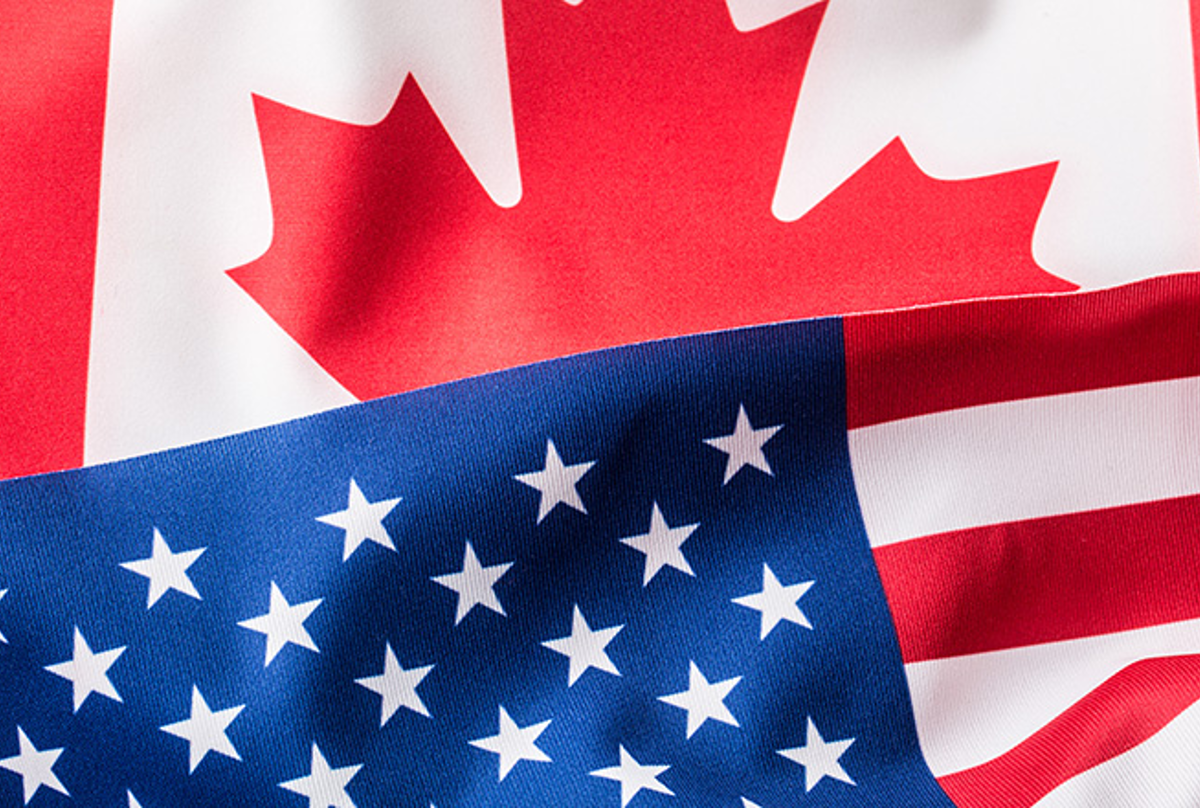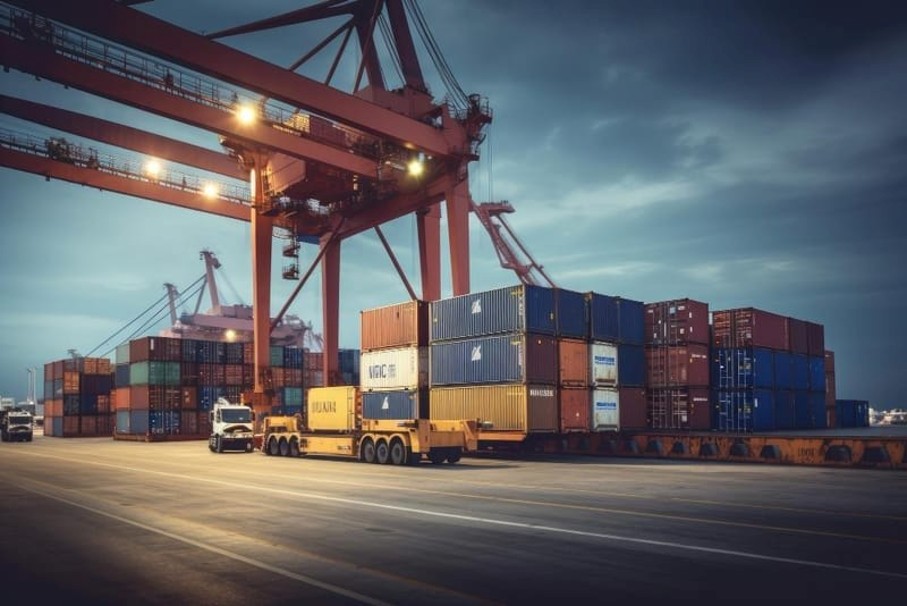Government/Policy
June 17, 2025
Industry cautiously optimistic despite lack of steel specifics in US-UK trade deal
Written by Laura Miller
President Trump signed an executive order on Monday to implement the general terms of the new US-UK Economic Prosperity Deal, but the steel portion of the agreement is still up in the air, and the American industry is closely watching for what comes next.
For the automotive industry, the order officially establishes an import quota of 100,000 vehicles built in the United Kingdom, subject to a 10% tariff.
For steel and aluminum, the order suggests tariff-rate quotas (TRQs) will be created once the UK meets US requirements on supply chain security and ownership transparency.
AISI concerned about lack of steel details
For now, no TRQ volumes have been set, and critical details are lacking, including rules of origin and tariff levels above quotas (will it be the UK’s 25% or every other country’s 50%?).
Basically, we’re in the same place as when the deal was first announced on May 8, Kevin Dempsey, president and CEO of the American Iron and Steel Institute (AISI), pointed out to SMU.
While the rules of origin are unclear, AISI thinks they should be limited to steel melted and poured in the UK. But Dempsey said Britain may be resisting this so that it can include products finished in the UK from steel melted elsewhere.
“That has the potential to…make what would be a relatively small exception into a much bigger” problem, he commented. “We need to have a clear melt-and-pour rule.”
Dempsey also said the UK quota should be more narrowly defined and reflect past trade flows, as previous quota levels were almost double historical trade levels.
Deal is a positive step
Even without the specifics, Phillip K. Bell, president of the Steel Manufacturers Association (SMA), expressed optimism about the deal, believing it’s a win-win for both countries.
“Keep in mind… the volume of steel that’s made in the UK is relatively low… about a 6-7 million ton steel market. That pales in comparison to, say, a China,” he commented.
“Each country’s steel industry and the trading dynamics between the US and each country are different,” he noted, indicating a net positive for steel that any alternative arrangements will be made on a case-by-case basis.
SMA is confident in the Trump administration.
“I think the administration is committed to negotiating the best agreements that are best for the domestic steel industry and our national security and our economy,” Bell told SMU.
He also welcomed the opportunity for industry input: “One of the things that we really like is the administration has engaged with industry on a routine basis… It’s really good to see that they’re taking a lot of our suggestions.”







